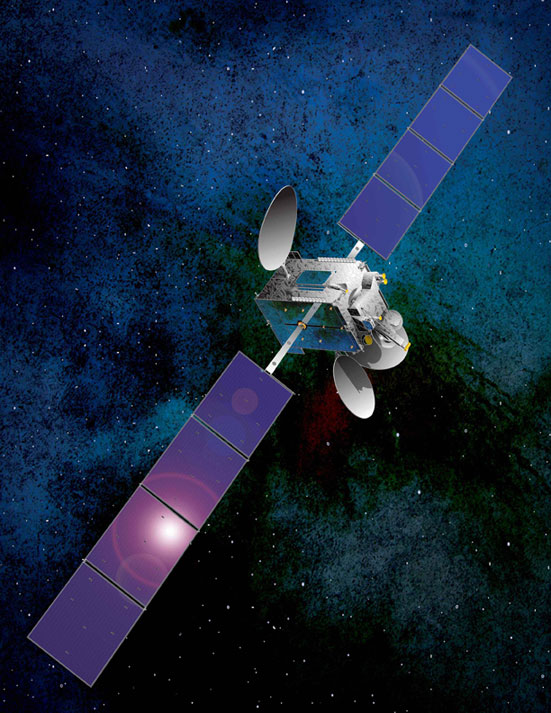
PARIS — Telesat Canada’s Anik G1 telecommunications satellite will be built by Space Systems/Loral and launched in late 2012 aboard an International Launch Services (ILS) Proton-M rocket to provide direct-broadcast television to Canada, a broad suite of telecommunications services to Latin America and — in a first for Telesat — X-band capacity in anticipation of government demand, Telesat announced June 1.
Ottawa-based Telesat had originally envisioned Anik G1 as a relatively small 3,000-kilogram satellite carrying just 16 Ku-band transponders to fulfill a long-term contract with satellite-television broadcaster Shaw Direct of Canada.
But in recent weeks Telesat officials have said demand for Ku-band and C-band capacity in Latin America remains strong and that the company was running out of capacity on its existing satellites covering that region. In addition to the 16 extended Ku-band transponders for Shaw, Anik G1 will carry 24 C-band and 12 Ku-band transponders for Latin America, Telesat said.
Telesat Chief Executive Daniel S. Goldberg said in March that Telesat was weighing a speculative investment in X-band capacity despite not having a firm customer lined up.
The company now has confirmed its intentions, saying Anik G1, to be located at 107.3 degrees west longitude alongside Telesat’s Anik F1R spacecraft, will offer three channels of X-band coverage in the Americas and in a portion of the Pacific Ocean.
The U.S. Defense Department is a regular buyer of commercial satellite capacity, although most of it is in the more commonly used C-, Ku- and L-band frequencies. A company partly owned by Loral Space and Communications of New York, Xtar LLC of Rockville, Md., has capacity on two X-band satellites already in orbit but has struggled to fill the spacecraft with business from the U.S. and other allied governments. The Xtar satellites do not provide Pacific Ocean coverage.
Telesat said Anik G1 will be the first commercial satellite with X-band capacity in the Pacific Ocean region.
Adding the extra coverage for Latin America and the X-band capacity pushed Anik G1 out of the reach of Orbital Sciences of Dulles, Va., which until recently was viewed as the likely winner of the construction contract. Orbital Sciences specializes in relatively small telecommunications satellites.
Instead, Anik G1 will be built by Space Systems/Loral of Palo Alto, Calif., which is owned by the same company — Loral of New York — that owns a majority stake in Telesat. Anik G1 is expected to weigh more than 5,000 kilograms at launch.
Related
ncG1vNJzZmiroJawprrEsKpnm5%2BifLWxy56qmqxdmK6vrcOaZK2ZoKh6rbvRmqNmmqWeuaV5wKegpGWXZnq0rdOeo6WhpJp8